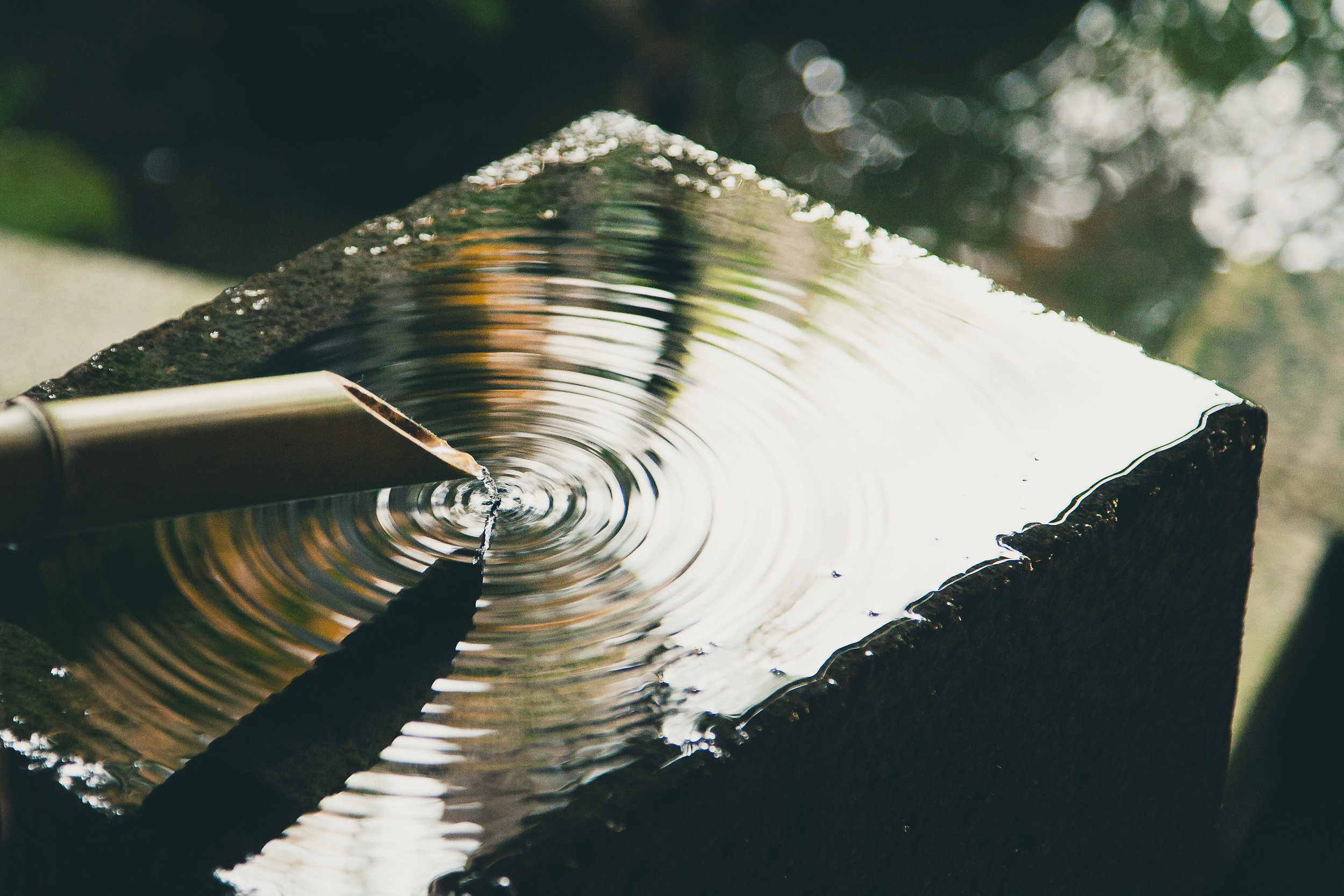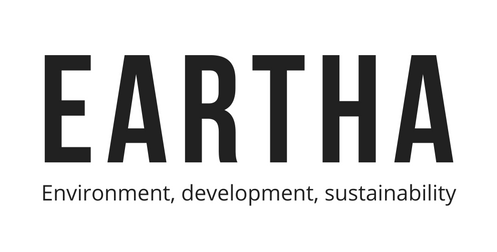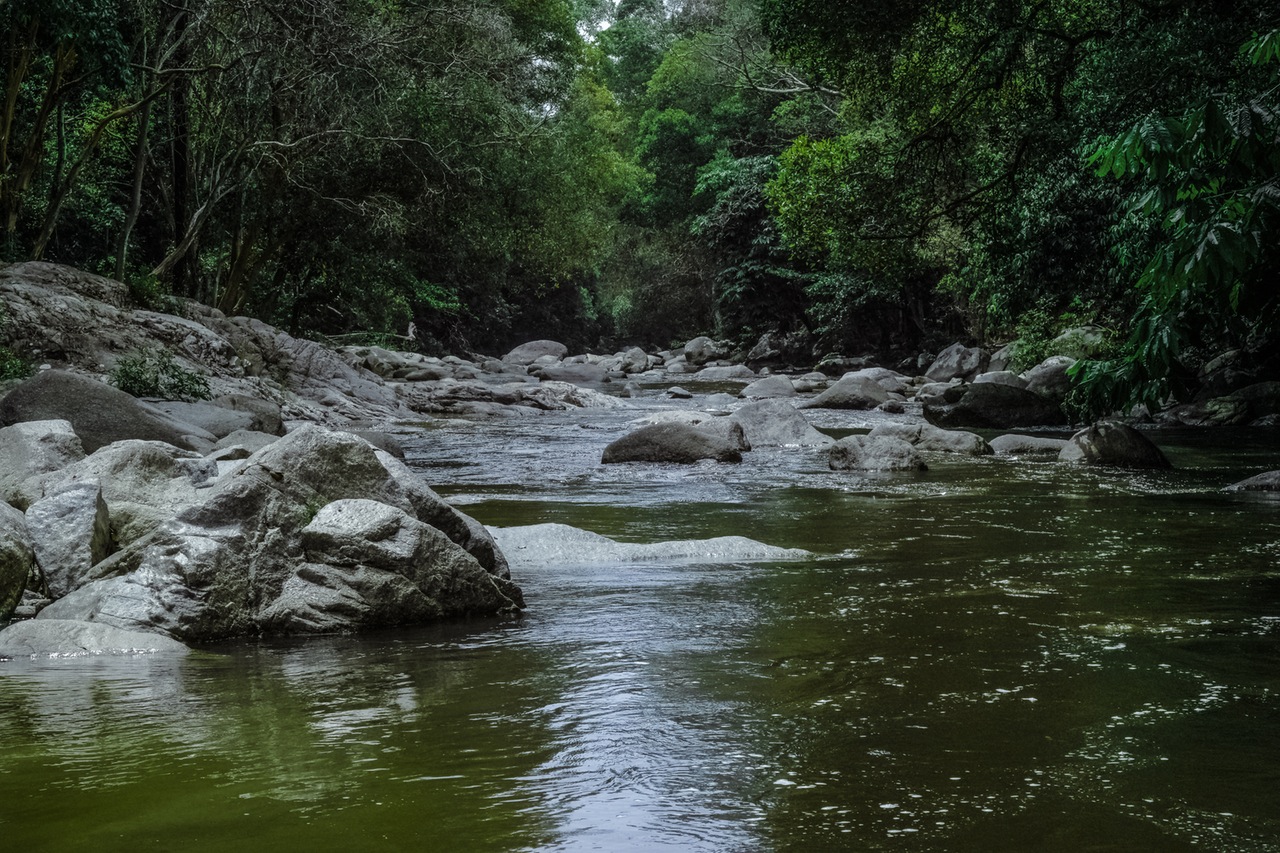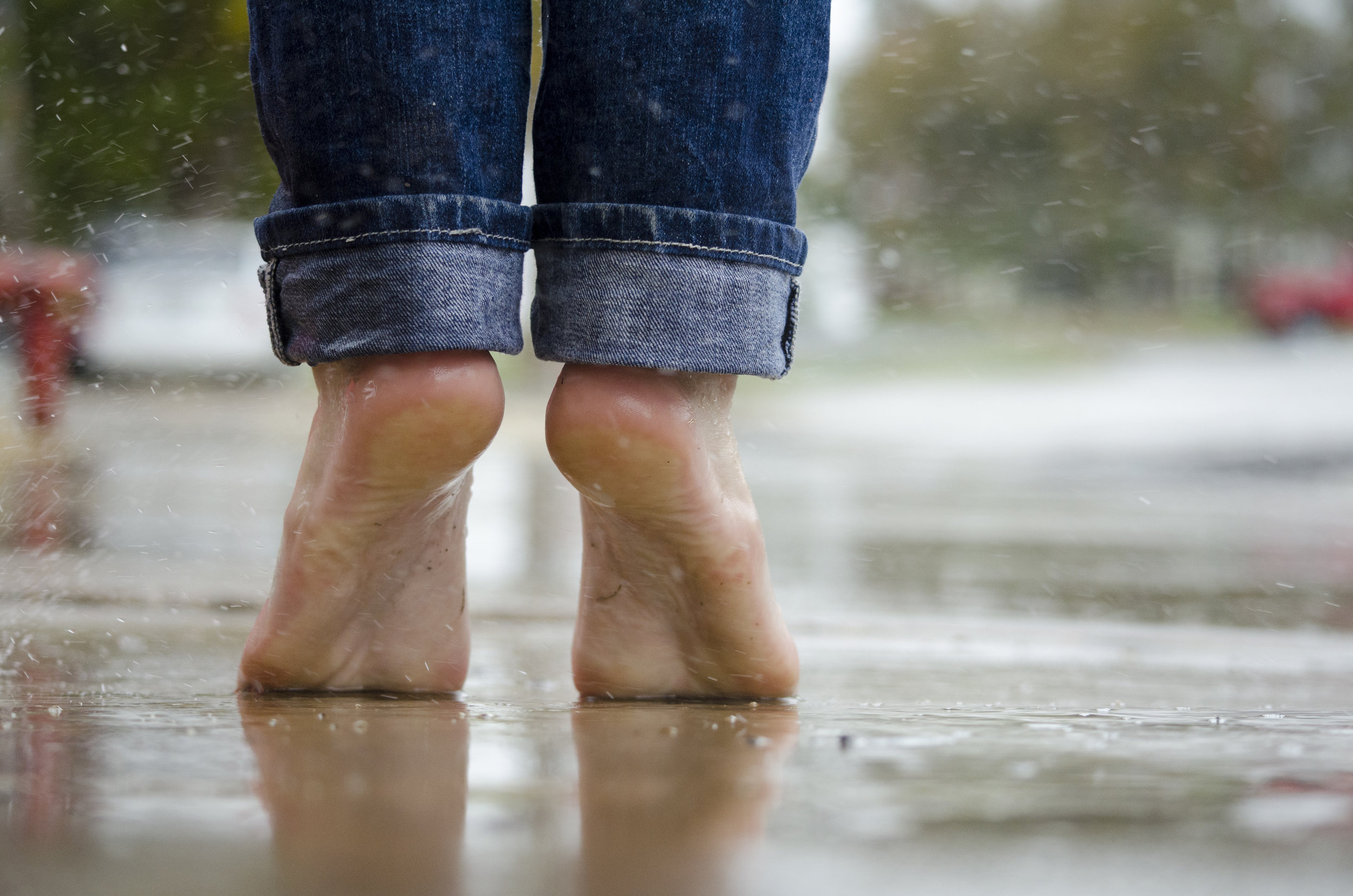Reimagining Waste Water: The Way To A Water Secure Future?

It does seem quite fantastical for us to imagine that a city like Bangalore will source about 1500 million litres per day (MLD) for domestic purposes, use it, turn it into contaminated or waste water, leave it out into the environment and expect a new and fresh 1500 MLD to be available for it the next day. It does seem logical to think that this magic will run out at some point in time. The magic will run out not only because there might not be the next 1500 MLD of fresh water for the next day, but also because people downstream do not really want the discarded 1500 MLD any more. As kids we learn that when we borrow a book or toy from a friend, we ought to return it in the same condition that we borrowed it. Isn't it only right then that as adults, we need to return the borrowed (since we own no water) fresh water to the same place that we borrowed it from and in almost the same quality that we got it in? We learned this when we were young. But then, where or how did this get broken? Globally it is estimated that almost 80 percent of the waste water is discharged into the environment, untreated.
If we look at water consumption in any ordinary household, we see that almost 50 - 70 percent of the water consumption is for bathing, brushing, shaving, hand wash, washing clothes, washing vessels and vegetables. This water, called grey water, is relatively clean even after use and it carries only the chemicals in the detergents as well as small amounts of dirt. There is very little organic matter in it. This water can very easily be treated and reused for gardening. If treated further it can be used for flushing too. Used water that comes from the toilets and kitchens is called black water and this can also be treated fairly easily and reused. Yes, kitchen water could be called grey or black depending on the volume of organic matter in it.
Waste water went from being a resource to being a nuisance - a problem that had to quietly be treated and dumped in some faraway place.
Earlier (not very long ago, and even now in villages/small towns), when most people lived in independent homes the black water (from toilets) from a home was normally discharged into a pit and the grey water was let into the backyard where there grew trees of various kinds that hungrily drank up this water on all days except for rainy days. This water was not considered waste but a resource for the plants. In fact the trench that directed water to a certain plant was often redirected to the next plant depending on what the home owner considered as the more deserving plant for this waste water. In places with no piped water supply different activities were carried out underneath different trees – like washing vessels under a particular tree, washing clothes under another and having a bath under still another.
Image: Flickr CC/ Daniel Bachhuber
As populations grew and people started living closer to each other, this form of discharge of waste water started contaminating nearby shallow and abundant fresh water resources and was not feasible any more. This possibly necessitated the creation of septic tanks (which would not leak) and soak pits into which all waste water started to be redirected. On the face of it, this seemed to make the situation a lot easier. All the waste accumulated in the septic tank which had to be cleaned out after it filled up. The sludge could be used as manure after drying. As urbanisation caught on and people began living even closer to each other in high rises, the problems of waste water suddenly multiplied manifold, necessitating STPs and other people and processes to handle our waste water. What this really did in essence, was disconnect us from the waste water which slowly went from being a resource to being a nuisance - a problem that had to quietly be treated and dumped in some faraway place. This has in the long run probably resulted in the mess that we are in. An abundance of waste water and a scarcity of fresh water.
An STP under construction (left) and fully functional Image: Author
If we turn the problem around and start to value the resource for what it is, water + nutrients we can start to re-imagine (since the imagination already existed) ways in which this can be easily reused. Many houses have started to consider simple systems that broadly draw from a technology called DEWATS where waste water passes through anaerobic decomposition and then through a planted gravel filter where plants feed on the nutrients in water to give back water that is of reasonable quality for gardening. This can be fairly easily implemented in households that have some garden space and hence some gardening water requirement. The treatment can be adopted for grey water (water that only has soap) or black water (water that also has organic matter in it from the kitchen and toilets). This guide helps design and implement such a system. The treatment process can be further simplified if we use simpler and more natural detergents that are not high on chemicals.
Where space is a constraint the system can also be set up on the roof. Growing rice on the roof with treated waste water really pushes the boundaries of imagination and innovation to show how waste water from bathing and clothes washing can be reused. Here is a video that demonstrates this:
Technology helps create waste water treatment systems that bring back treated waste water to near drinking waste water quality standards. In fact a residential community in Bangalore uses treated waste water for all domestic purposes. Waste water treatment however, does come at a cost. The estimated rates for treating and reusing waste water are on an average anywhere between Rs. 15 and Rs. 40 per kilolitre (depending on the cost of energy, choice of technology, size of the STP, cost of manpower, quality to which the waste water is being treated etc). However, as we look around we see that our fresh water systems are in any case contaminated and hence do require some treatment, and that comes at a cost too – both financial as well as ecological. It is just that waste water requires further treatment – and this does seem like a reliable source of water as compared to any other source. All it needs is some will and persistence.
Shubha is a Water Sustainability Consultant with Biome Environmental Trust (biometrust.blogspot.in). She has designed and implemented several rainwater harvesting and waste water treatment systems primarily in and around the City of Bangalore. She is driven by genuine concern for the problems of water in all its dimensions – ecological, social, institutional and economic. She has a degree in Civil Engineering and has been with BIOME for the past 10 years.







